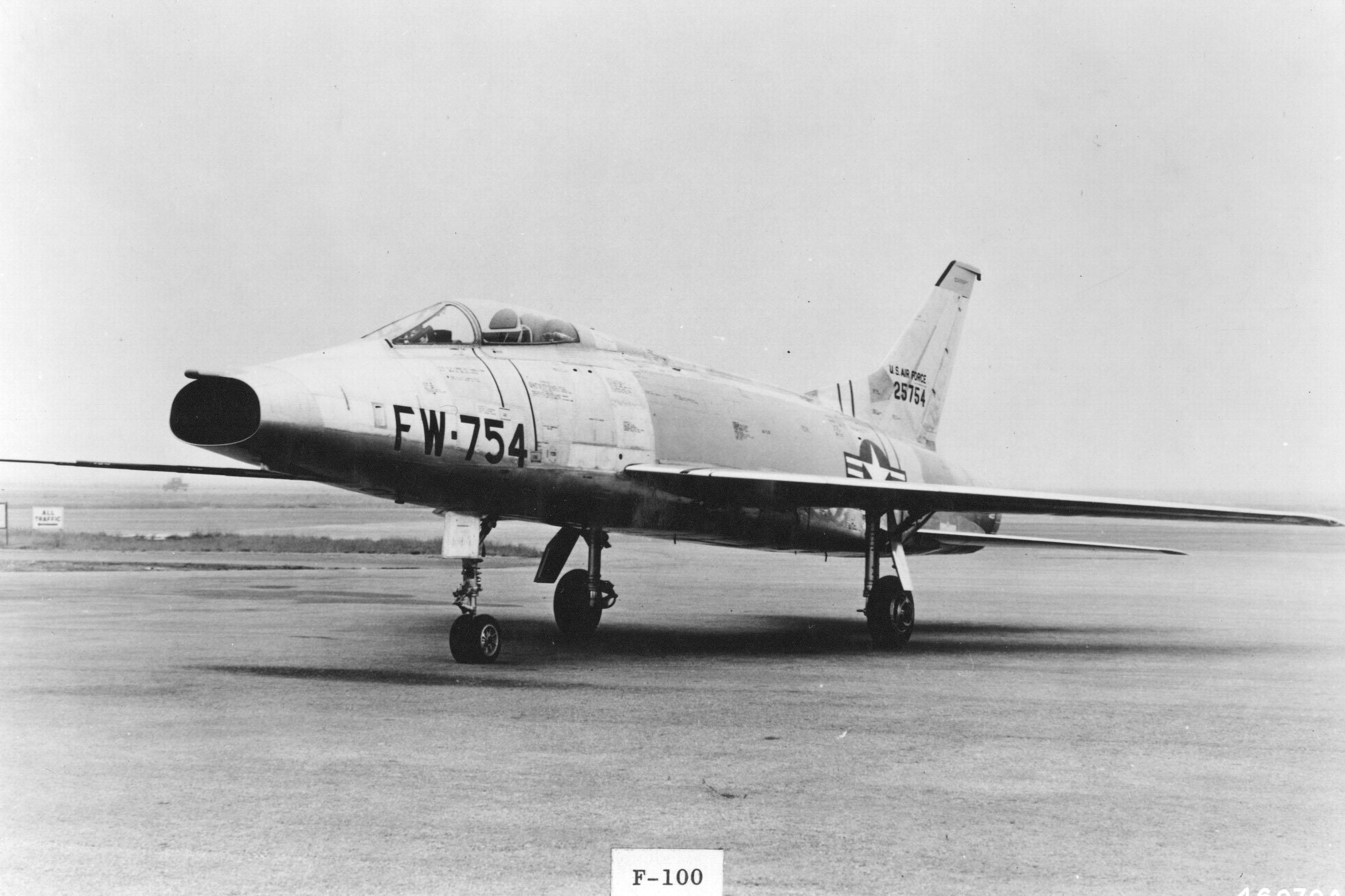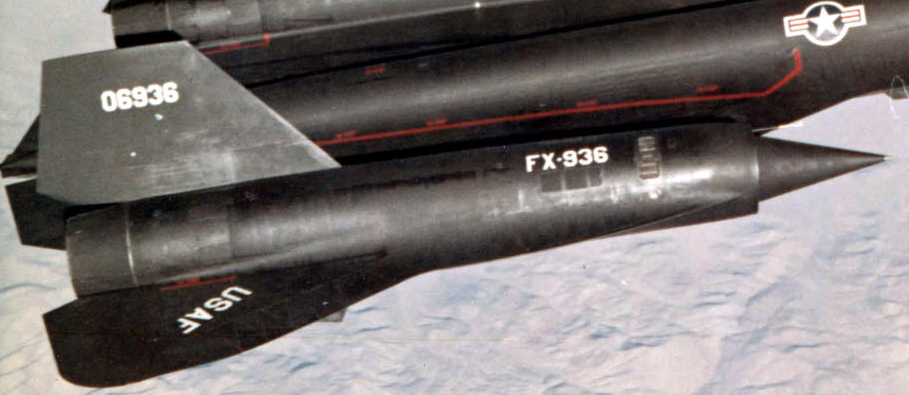Buzz number on:
[Wikipedia]
[Google]
[Amazon]
 Buzz number is a term applied to the large letter and number combination applied to
Buzz number is a term applied to the large letter and number combination applied to

 This table lists U.S. Air Force and U.S. Army aircraft by buzz-number prefix. Note that some aircraft types changed prefixes during their career, while other prefixes were re-used after an earlier type was retired.
This table lists U.S. Air Force and U.S. Army aircraft by buzz-number prefix. Note that some aircraft types changed prefixes during their career, while other prefixes were re-used after an earlier type was retired.
Aerofiles Buzz Numbers & Tail Codes
Military aviation United States Air Force lists Aircraft markings
 Buzz number is a term applied to the large letter and number combination applied to
Buzz number is a term applied to the large letter and number combination applied to United States Air Force
The United States Air Force (USAF) is the air service branch of the United States Armed Forces, and is one of the eight uniformed services of the United States. Originally created on 1 August 1907, as a part of the United States Army Signal ...
military aircraft
A military aircraft is any fixed-wing or rotary-wing aircraft that is operated by a legal or insurrectionary armed service of any type. Military aircraft can be either combat or non-combat:
* Combat aircraft are designed to destroy enemy equipm ...
in the years immediately after World War II
World War II or the Second World War, often abbreviated as WWII or WW2, was a world war that lasted from 1939 to 1945. It involved the vast majority of the world's countries—including all of the great powers—forming two opposin ...
, through the early 1960s. This moniker evolved from aircrew speculation that the large numbers were meant to dissuade "buzzing" (very-low-altitude high-speed passes over populated areas) by increasing the likelihood of being identified and punished.
The first two letters of a buzz number indicated the type and designation of an aircraft while the last three were generally the last three digits of the aircraft serial number. Air Force fighters used buzz numbers starting with the letter F (or P, when fighters were designated as "pursuit" aircraft before June 1948), while bombers started with the letter B. For example, a P-51
The North American Aviation P-51 Mustang is an American long-range, single-seat fighter and fighter-bomber used during World War II and the Korean War, among other conflicts. The Mustang was designed in April 1940 by a team headed by James ...
Mustang would have a buzz number such as FF-230 while an F-86 Sabre might be FU-910. A B-66 Destroyer
The Douglas B-66 Destroyer is a light bomber that was designed and produced by the American aviation manufacturer Douglas Aircraft Company.
The B-66 was developed for the United States Air Force (USAF) and is heavily based upon the United Stat ...
would have a buzz number such as BB-222. One of the last Air Force fighters to carry a buzz number was the F-4 Phantom II
The McDonnell Douglas F-4 Phantom II is an American tandem two-seat, twin-engine, all-weather, long-range supersonic jet interceptor and fighter-bomber originally developed by McDonnell Aircraft for the United States Navy.Swanborough and Bow ...
(FJ), then called the F-110 Spectre by the Air Force.
List of buzz codes

 This table lists U.S. Air Force and U.S. Army aircraft by buzz-number prefix. Note that some aircraft types changed prefixes during their career, while other prefixes were re-used after an earlier type was retired.
This table lists U.S. Air Force and U.S. Army aircraft by buzz-number prefix. Note that some aircraft types changed prefixes during their career, while other prefixes were re-used after an earlier type was retired.
See also
* Tail code *United States military aircraft serials
In the United States, all military aircraft display a serial number to identify individual aircraft. These numbers are located on the aircraft tail, so they are sometimes referred to unofficially as "tail numbers". On the Northrop Grumman B-2 Sp ...
References
;Citations ;Bibliography * * * * * * * ;Further reading * {{refendExternal links
Aerofiles Buzz Numbers & Tail Codes
Military aviation United States Air Force lists Aircraft markings